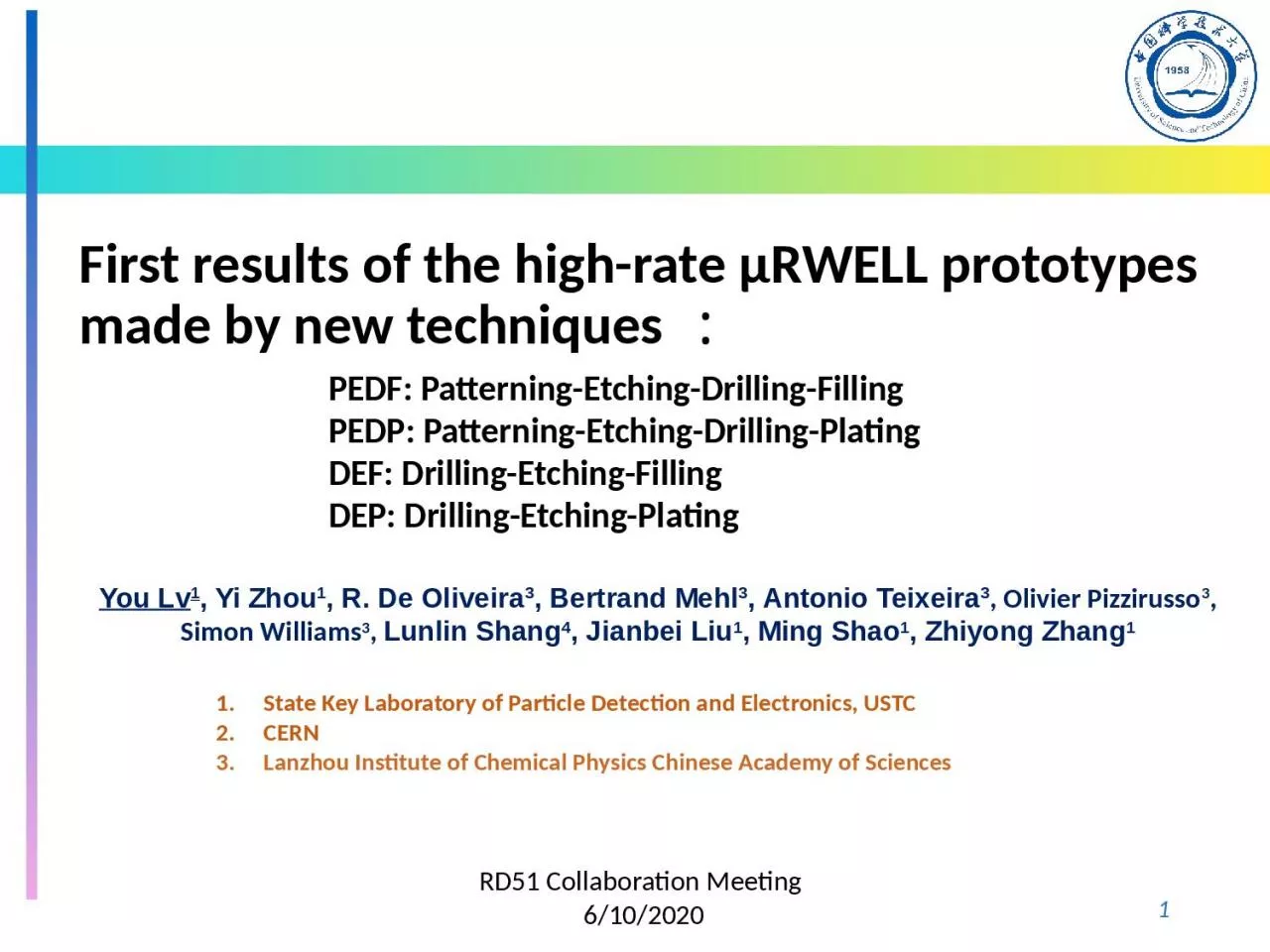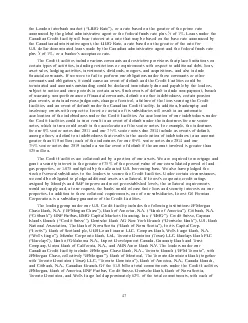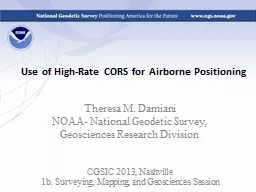PPT-First results of the high-rate
Author : daisy | Published Date : 2023-11-08
μRWELL prototypes made by new techniques You Lv 1 Yi Zhou 1 R De Oliveira 3 Bertrand Mehl 3 Antonio Teixeira 3 Olivier Pizzirusso 3 Simon Williams
Presentation Embed Code
Download Presentation
Download Presentation The PPT/PDF document "First results of the high-rate" is the property of its rightful owner. Permission is granted to download and print the materials on this website for personal, non-commercial use only, and to display it on your personal computer provided you do not modify the materials and that you retain all copyright notices contained in the materials. By downloading content from our website, you accept the terms of this agreement.
First results of the high-rate: Transcript
Download Rules Of Document
"First results of the high-rate"The content belongs to its owner. You may download and print it for personal use, without modification, and keep all copyright notices. By downloading, you agree to these terms.
Related Documents














